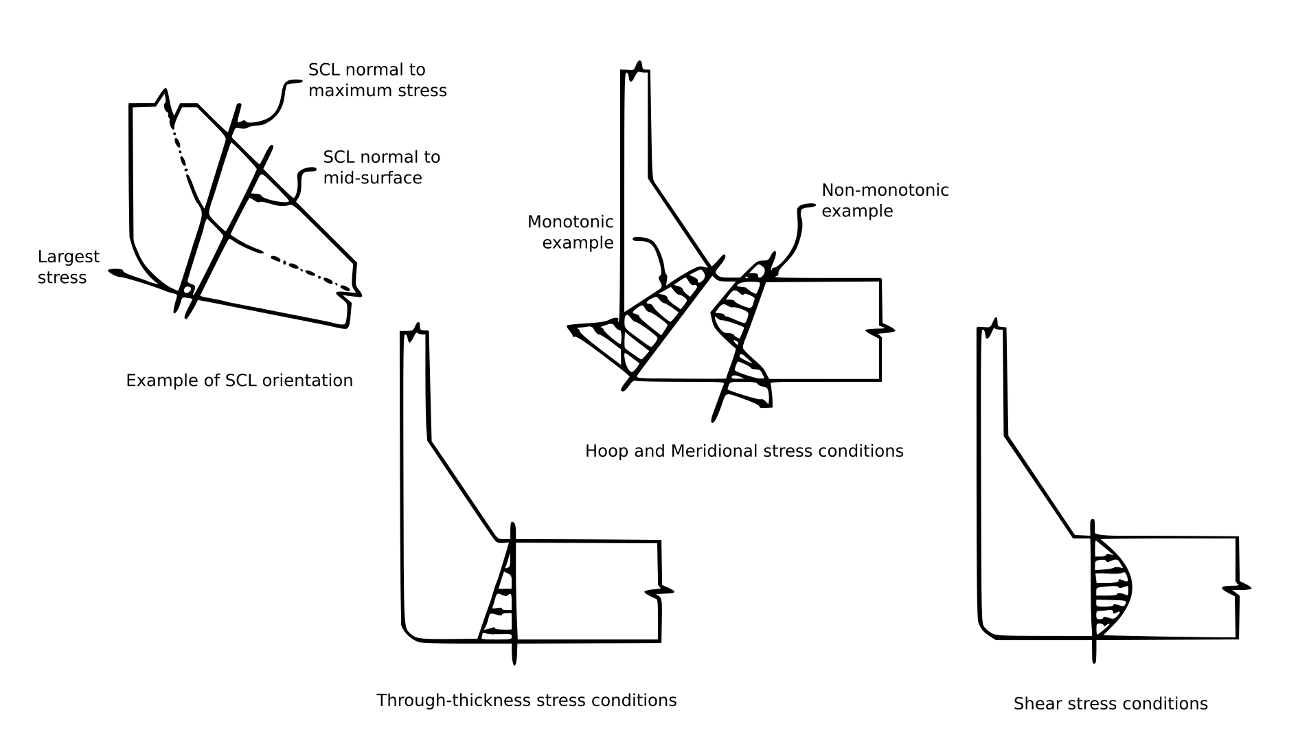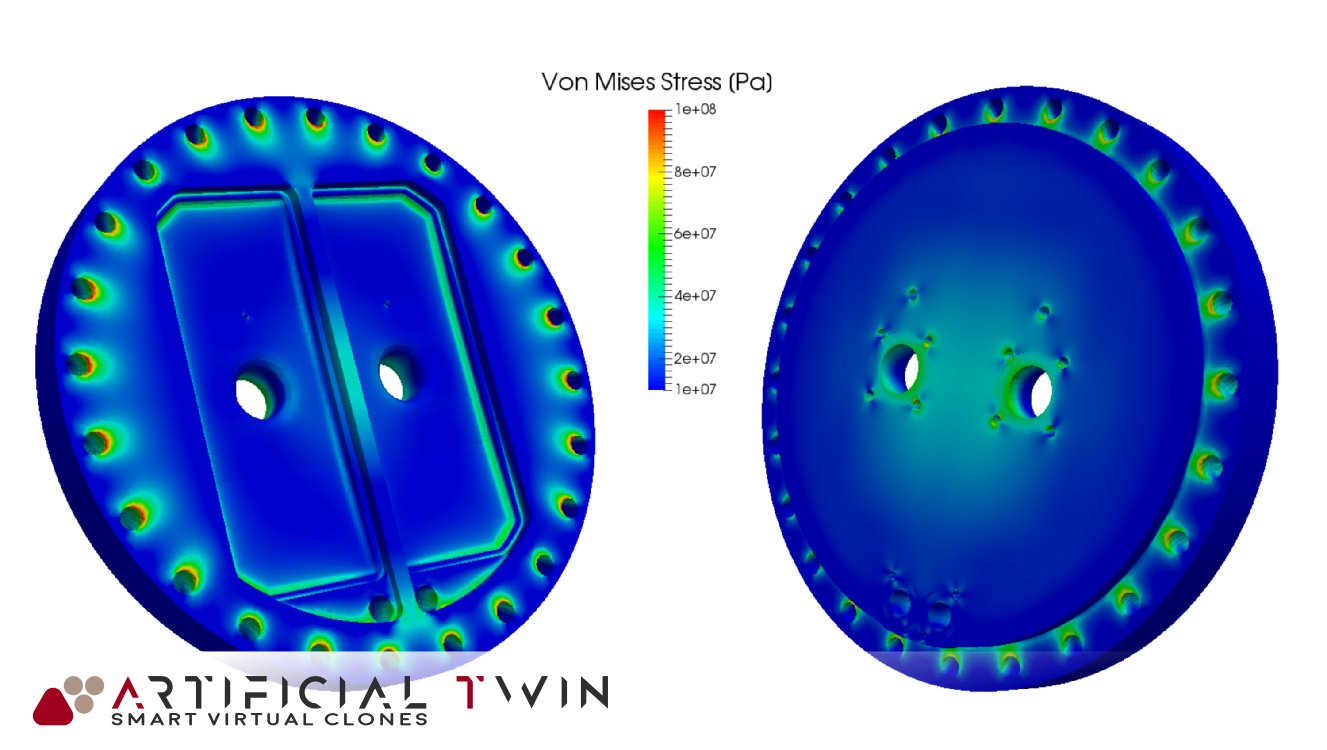Standards compliance and safety

Pressure vessels design is a very classical topic in mechanical engineering. It has been studied extensively and is encountered in very different contexts and industries. Even though the theory behind it is very well established and studied (especially when it involves common linear elastic material response), given the hazards involved, strict adherence to regulations and standards must always been enforced and observed.
Even more, when a certification of conformity needs to be issued for a specific component, designed in the context of pressure vessels, a very careful attention has to be paid by the inspector. As will be outlined in the following section, modern regulations now allow to use simulation software to carry out structural design. But these instruments have to be adopted while properly following methodologies and specifications to assure safe designs.
PhyMo plays a central role in this success story. It has been adopted to verify the structural design of a pressure vessel component, carried out by means of a Finite Element Analysis software. This study was part of a broader verification process aiming at issuing a certification of conformity. The accuracy and reliability of PhyMo guarantees it can be safely adopted for pressure vessel structural verification, making it a very valuable tool for a huge set of analysis.

ASME regulations on design by analysis
ASME Boiler and Pressure Vessel Code Section VIII, Division 2 – Alternative Rules is a section of ASME regulations that identifies procedures and codes to be used for designing boilers and pressure vessels. It accurately describes detailed aspects on design approaches, simulation software specifications, and loads decomposition and verification methodologies to follow.
These guidelines involve many technical aspects, which can be very difficult to grasp for novice Finite Element Analysis users. In the image on the left some typical evaluations involving the so called Stress Classification Line - SCL are presented. It is one of the steps required to perform the so called stress component classification (primary stress component, secondary stress component, etc.).
It is thus evident how an accurate Finite Element Analysis solver is of primary importance in order to reliably calculate stress distribution for a component undergoing a mechanical load (e.g. pressure acting on a surface) and subject to mechanical constrains (e.g. clamped by means of rivets).
All these aspects are central in this study, as briefly illustrated in the following section.

Stress calculation using virtual simulation
In order to address this problem a very accurate Finite Element Analysis solver has been adopted to carry out the whole simulation cycle. The starting point, as usual in this field, is to have a CAD model of the object to test. It has to be appropriately refined for simulation, in particular: details that are not relevant must be removed, loaded and constrained faces have to be split accordingly to load and constraints distribution, etc.
Once the CAD is ready, the domain has to be discretized. The meshing procedure is very important and an appropriate resolution has to be assured in order to catch the simulation physics. In this specific case second order tetrahedral elements have been adopted for accuracy.
After the mesh has been computed, the last step is to specify problem conditions. In this case, the subject of the study is a specific component of a pressure vessel. The load condition is thus the differential pressure acting on the inside of the vessel, it is represented as a distributed surface pressure. The component is clamped by means of a series of rivets located along its circumference, this is imposed using proper displacements constraints where the rivets are applied. All remaining surfaces are free of both loads and constraints.

Test virtual models in early design phases
After running the simulation it is possible to process results file to inspect variables of interests, their value and distribution.
Images above and on the left represent typical output for these simulations. The former shows Von Mises stress distribution, a fundamental parameter that synthesizes the stress tensor in a single number per grid point, allowing to identify critical zones. The latter is useful to visualize deformation the component will suffer, as well as to locate the maximum displacement in the domain.
Using these results it is possible to properly assess the quality of the design, as prescribed by regulations and standards.
This study clearly demonstrates how many advantages virtual simulation offers. Its level of confidence in terms of results accuracy has reached a point where even most advanced design guidelines list it as a viable and proper mean for quantitative analysis.

